|
Experiential learning resources for the innovative educator
What is project-based learning? What is self-directed learning and how is self-directed project-based learning different than standard PBL? Why is self-directed project-based learning important for learners?
Get your answers! Start here.
I facilitate a women's studies seminar every year, and as a seminar finale, my high school students design self-directed project-based learning experiences around a subtopic of their choice.
One year a student chose to self-direct a PBL experience on the topic of domestic violence. She connected with the Sojourner Project, a domestic violence shelter in the Twin Cities. An educator from there came into the school to speak with her. This student also contacted a self-defense instructor to come into the school to teach her and her classmates self-defense strategies. This student assembled all of the information that she gathered into a presentation and created a brochure that included signs of domestic abuse, community resources for survivors, tips for friends and family of survivors, and more. She placed brochures around the community from health clinics to bus stops to school counseling offices. This student didn't gather statistics and information from a few websites online, copy and paste them into a Powerpoint presentation and regurgitate the information from her slideshow to her classmates. She collaborated with the community, reached out to experts in the field, made an impact, and shared her knowledge and insight with a relevant audience. And, what's more? She designed and lead this experience independently. And what did I, the teacher in a self-directed PBL classroom do? I facilitated, guided, coached, and mentored her throughout the experience. That is an example of self-directed project-based learning. This student had choice in every aspect of the experience, and thus the experience was deep and meaningful. It mattered to her and her community. If you're interested in applying self-directed project-based learning to any capacity, check out my free mini-course all about getting ready for student-led PBL! I offer tips, tricks, and suggestions for actionable steps to take to get a structure, schedule, implementation strategy, student scaffolding materials, and the learning space in order.
What is Project-Based Learning for Self-Directed Learners?
Okay, so first and foremost, what is project-based learning?
My philosophy of teaching is largely based on project-based learning (PBL). I have been a high school project-based educator for 14 years. There are a few misconceptions around project-based learning that I hope to clarify in this post, one being that PBL is the same as a project. In short, project-based learning involves sustained inquiry and is innovative, relevant, and authentic. Students gather information on a topic or problem through questioning, learning activities, and community collaboration. They share their new skills and knowledge beyond classroom walls in such a way that impacts the local and/or global community. Self-directed project-based learning is when learners design and lead these projects, not the teacher. The teacher may offer a theme, subject, or standards that students design projects around, or the instructor may leave the project-based learning experiences completely open-ended where students go as far as choosing their own topic.
The self-directed aspect allows students to personalize every experience to fit their needs, interests, challenges, goals, etc., one of the most important benefits of self-directed project-based learning.
The level of self-direction varies among educators. ALL project-based learning experiences in my classroom are student-directed - designed and led by students. There are many opportunities in PBL to give students choice and autonomy. That's why I love it!
Why is Self-Directed Project-Based Learning Important?
Going that extra distance to make projects personalized, meaningful, relevant, and authentic is what separates projects from project-based learning, and adding that self-directed aspect of the experience takes the benefits to another level.
So what are the benefits of self-directed project-based learning?
Getting Started with Self-Directed Project-Based Learning
What does self-directed project-based learning look like when in action, especially with 25 students in your class?
As I've said, there are different levels of self-direction you can require of your students, from teacher-guided to entirely student-designed and led. I operate two types of self-directed project-based learning environments. One of those is my advisory. I learn about my students' needs, interests, challenges, goals, etc. with a personal learning plan. They then, with my guidance, design, plan, and lead project-based learning experiences around their own interests. I do not choose their project topics. I also teach life science classes, and in those classes, my students also design and lead project-based learning experiences, but they do so around a checklist of standards or themes. I encourage you to check out my blog post on the steps I take to facilitate self-directed project-based learning in my classroom or at home with my own children. These steps apply to both interest-based PBL and theme or subject-based PBL. If self-directed project-based learning interests you, I encourage you to continue following this blog series on how to execute self-directed project-based learning. And as always, reach out with questions anytime!
More Blog Posts About Student-Led PBL:
High School Student-Led PBL Resources:
Join our experiential learning Facebook group!
Did you know there is an experiential learning Facebook group? Check that out - Experiential Learning Community for K12 Teachers - and join in the discussion about experiential learning ideas! Find us on social media! Follow Experiential Learning Depot on Pinterest, Facebook, Youtube, and Instagram for more on experiential education, and check out my shop for experiential learning resources. Observe. Question. Explore. Share.
8 Comments
Experiential Learning Depot
6/25/2019 08:12:37 am
You bet! I'm glad you found it useful. It's completely worth a try.
Reply
6/20/2019 09:17:09 am
You have provided great detail for PBL - this is a great place to start. Thank you!
Reply
Experiential Learning Depot
6/25/2019 08:13:29 am
You're welcome. Thanks for reading!
Reply
Sara Segar (Experiential Learning Depot)
11/24/2019 10:58:54 pm
That is a great question. I am not certified, and worked at a project-based school for almost 12 years. Whether a certification is required to get a job will depend on the job. In Minnesota, you do not need to be certified to teach PBL in public schools, as far as I am aware, anyway. Specific districts might require it and some organizations, such as PBLWorks might as well. I hesitate to give you a recommendation because I think it's a personal choice, especially considering how expensive the certification is. I'm sure it wouldn't hurt to go through the UPenn training, but I'm not convinced it's necessary. I would recommend hopping on a job search site or connecting with PBL specific educational organizations and asking them what they are looking for in job candidates. I'll do a little research and get back to you if I find any specifics. I hope to start doing PBL workshops myself in the future, but I'm just not there yet. Good luck to you!
Reply
John T.
11/25/2019 09:23:20 am
Thanks Sara! There is a lot to just figure out about PBL and I am putting the pieces together slowly in a database. 11/30/2019 08:35:37 am
Hi again, John!
Reply
Your comment will be posted after it is approved.
Leave a Reply. |
Blog IntentTo provide innovative educational resources for educators, parents, and students, that go beyond lecture and worksheets. AuthorSara Segar, experiential life-science educator and advisor, curriculum writer, and mother of two. Categories
All
|
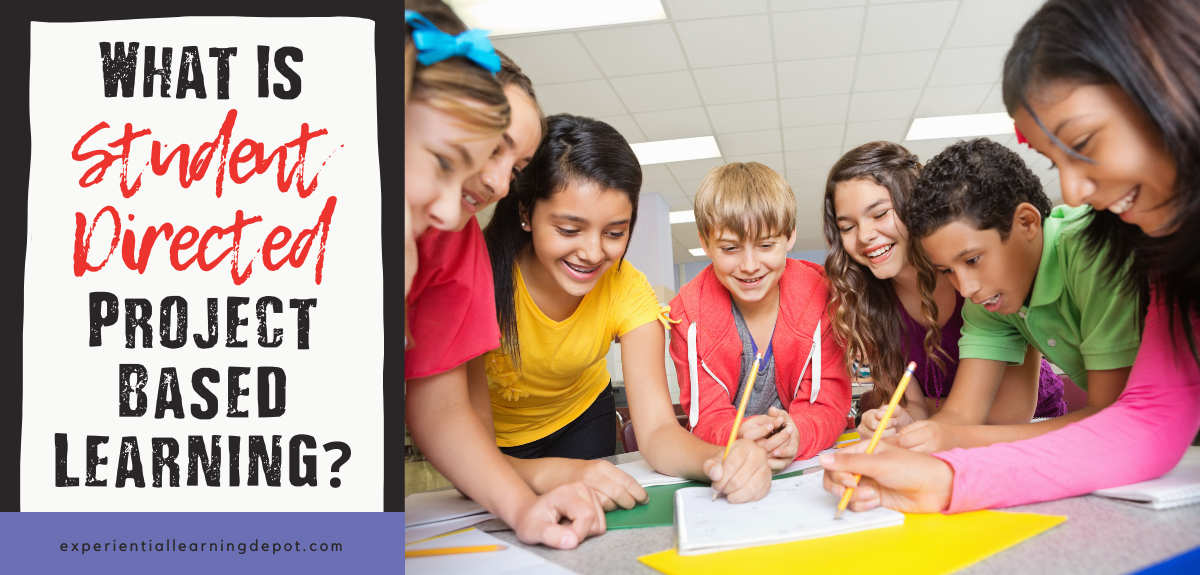
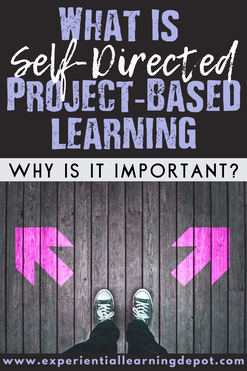
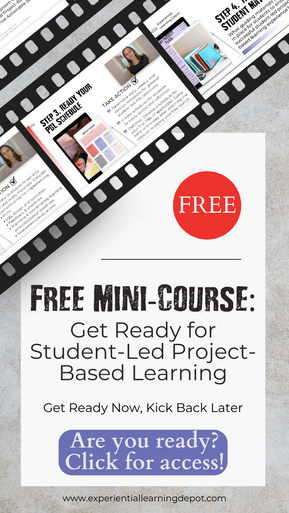
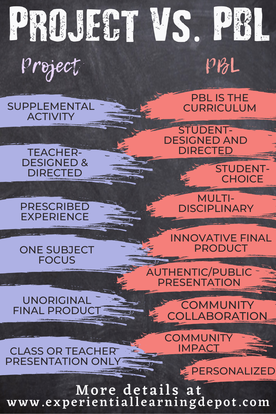
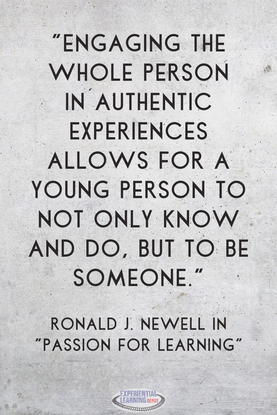
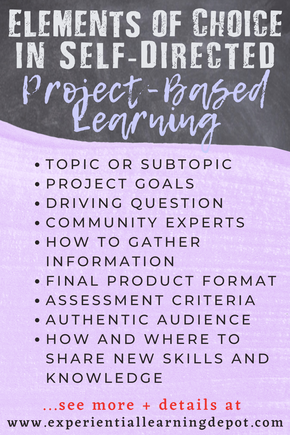
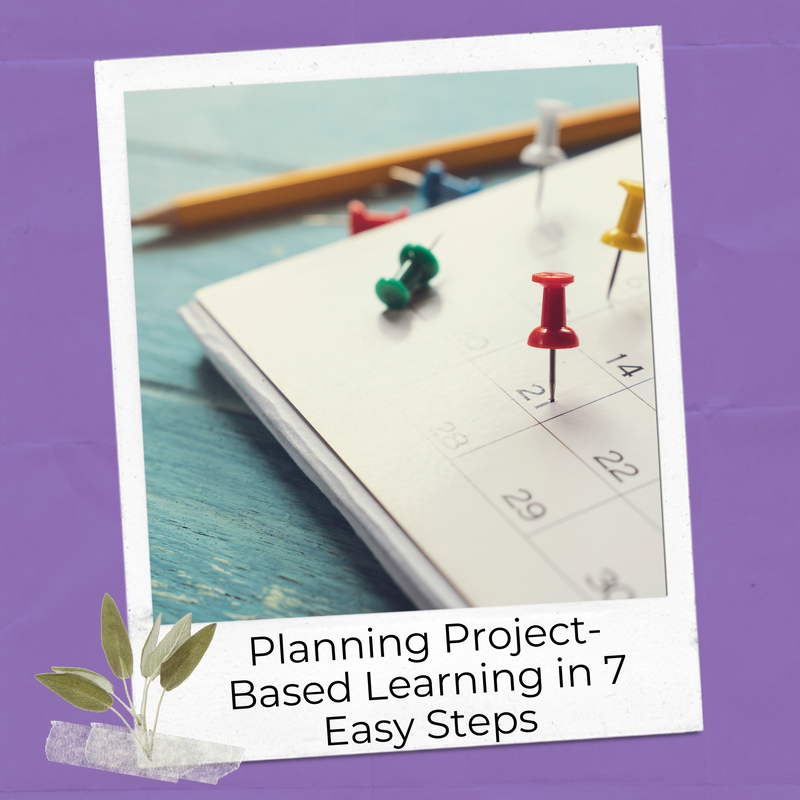
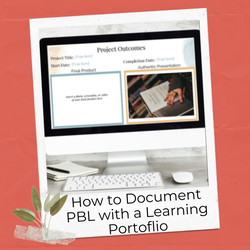
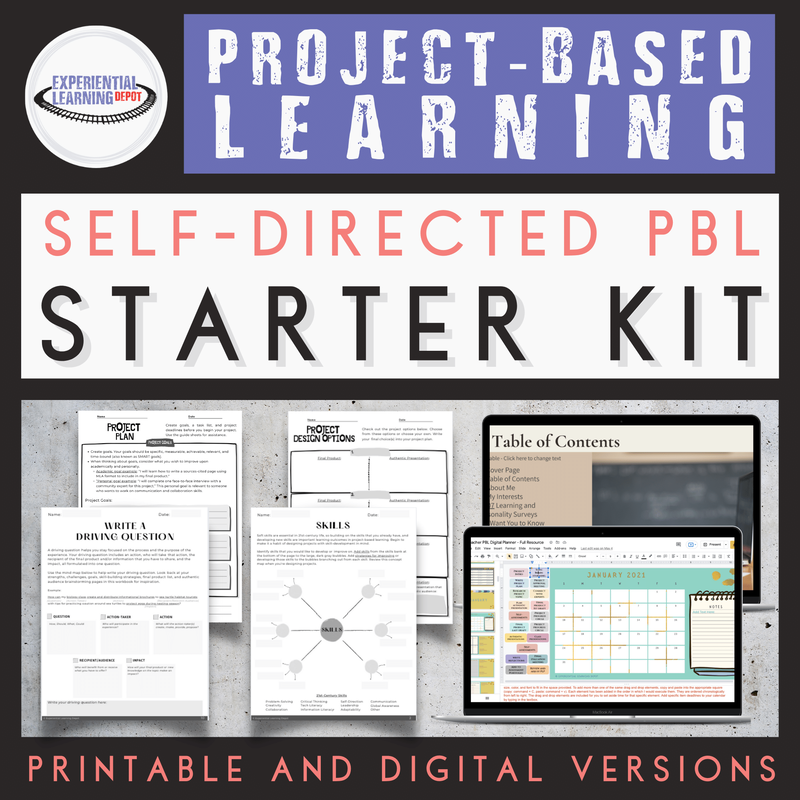
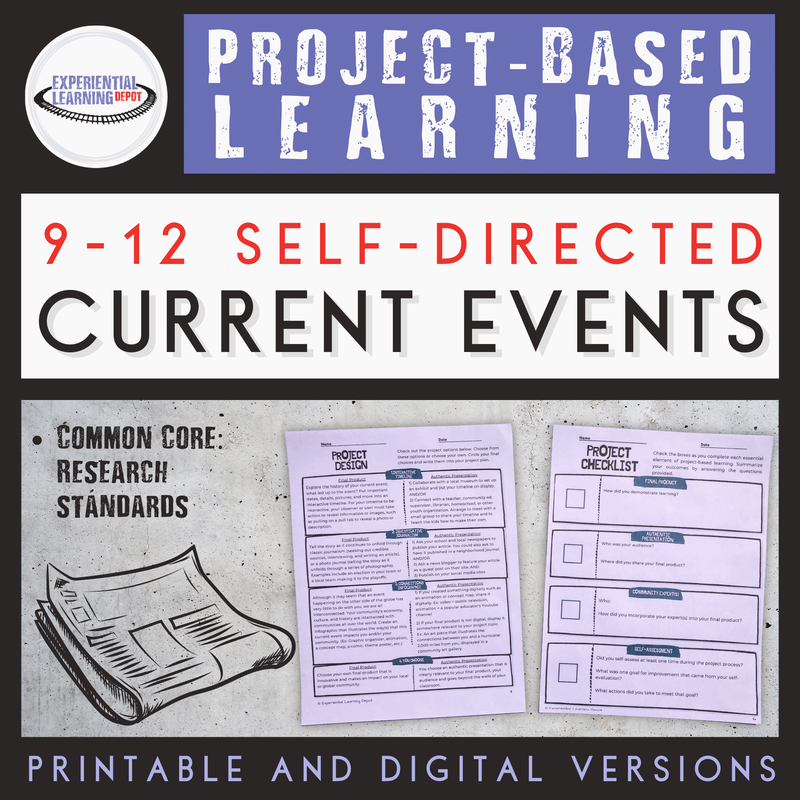
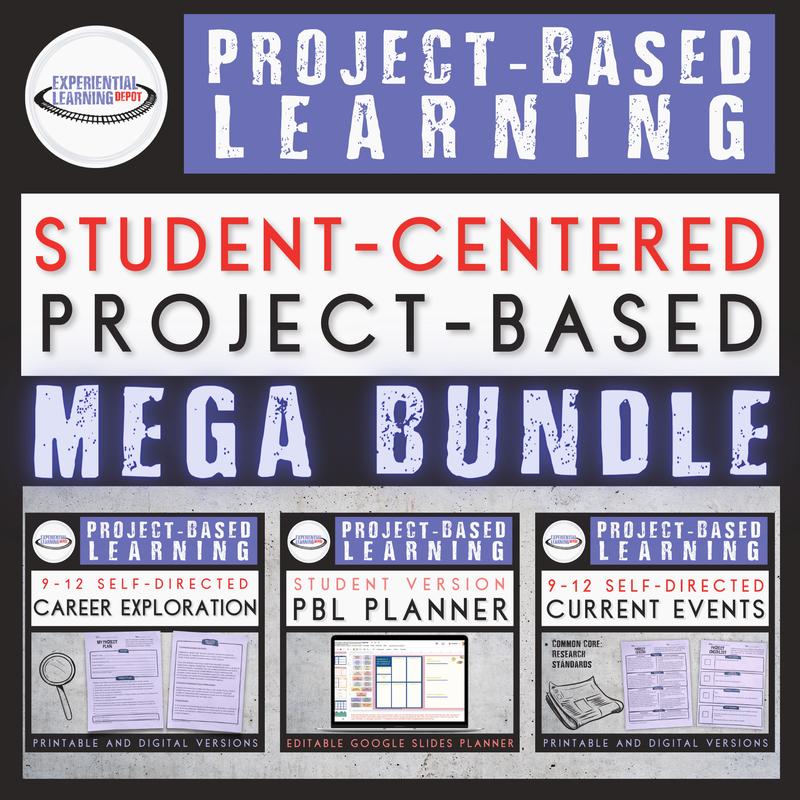


 RSS Feed
RSS Feed